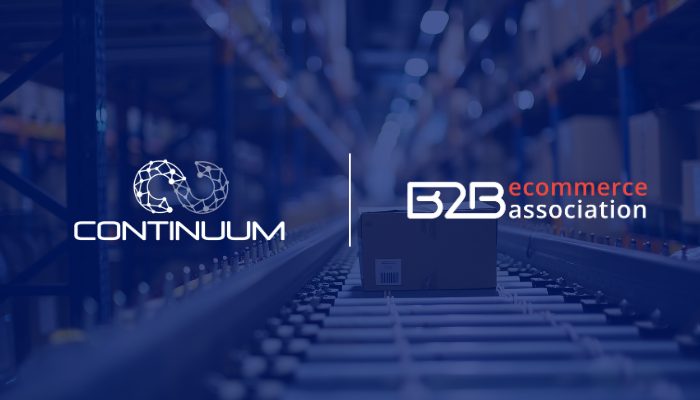Part 1 of the Executive Briefing Series for Manufacturing & Distribution Leaders
If you’re a CEO, CFO, or business leader in the industrial sector, you’ve likely heard this before:
“You need an eCommerce platform”.
And maybe you’ve tried. Maybe you launched a site. Maybe you explored a plugin in your ERP.
Or maybe it’s been sitting on the strategic to-do list for a while, just behind inventory optimization, workforce efficiency, and market expansion.
But here’s the thing:
B2B eCommerce isn’t just a “tech project” anymore. It’s infrastructure.
It’s the digital backbone of how customers want to engage with you, how reps want to work, and how competitors are already winning.
And the companies that treat it that way, as a strategic growth channel, are pulling ahead.
Let’s break down what that means.
Your Customers Have Already Gone Digital
Your buyers have changed. Not just in what they buy, but in how they buy.
They:
- Start with a search bar, not a phone call
- Expect to see real-time inventory and pricing
- Want to place repeat orders from the job site, at night, on mobile
- Prefer to track delivery status without calling customer service
- Don’t want to wait 24 hours for a quote when your competitor’s site can do it in five clicks
This isn’t a preference. It’s the new baseline.
In fact, Gartner and McKinsey both report that over 70% of B2B buyers now prefer digital self-service for ordering, reordering, and even complex product research.
If your company doesn’t support this experience, they’ll find one that does.
What B2B eCommerce Really Is And What It’s Not
Let’s clear up a common myth:
B2B eCommerce is not just a website.
It’s not a marketing page.
It’s not a catalog PDF in a digital wrapper.
And it’s definitely not “just like B2C, but bigger.”
True B2B eCommerce handles:
- Complex pricing and contract terms
- Bulk orders and BOMs
- Customer-specific catalogs
- Tax exemptions
- Multi-user accounts with approvals and workflows
- Real-time ERP-integrated inventory across locations
It’s not an online store.
It’s a self-service, revenue-generating channel that aligns with how your customers already work.
It’s Not About Replacing Reps. It’s About Empowering Them
One of the biggest fears in digital transformation is:
“What happens to our sales team?”
The answer? They get more powerful.
Because when customers can place standard orders on their own:
- Reps spend less time on low-value tasks
- They gain visibility into what customers are browsing
- They guide higher-margin conversations
- They support onboarding, technical sales, and strategic planning
In short:
“eCommerce doesn’t replace people—it amplifies them.”
Why This Is a Leadership Moment
As an executive, your role is to ask:
- Are we meeting modern buyer expectations?
- Can our current model scale efficiently?
- Are our reps, branches, and systems working together?
- Are we leaving revenue on the table by avoiding digital?
Because here’s the reality:
Your customers are already digital.
Your competitors are going digital.
And your team will follow your lead.
Coming Up Next: The Financial and Operational Impact
In the next post, we’ll explore how eCommerce affects your margins, your processes, and your cost to serve.









